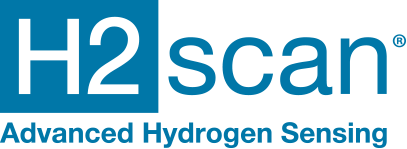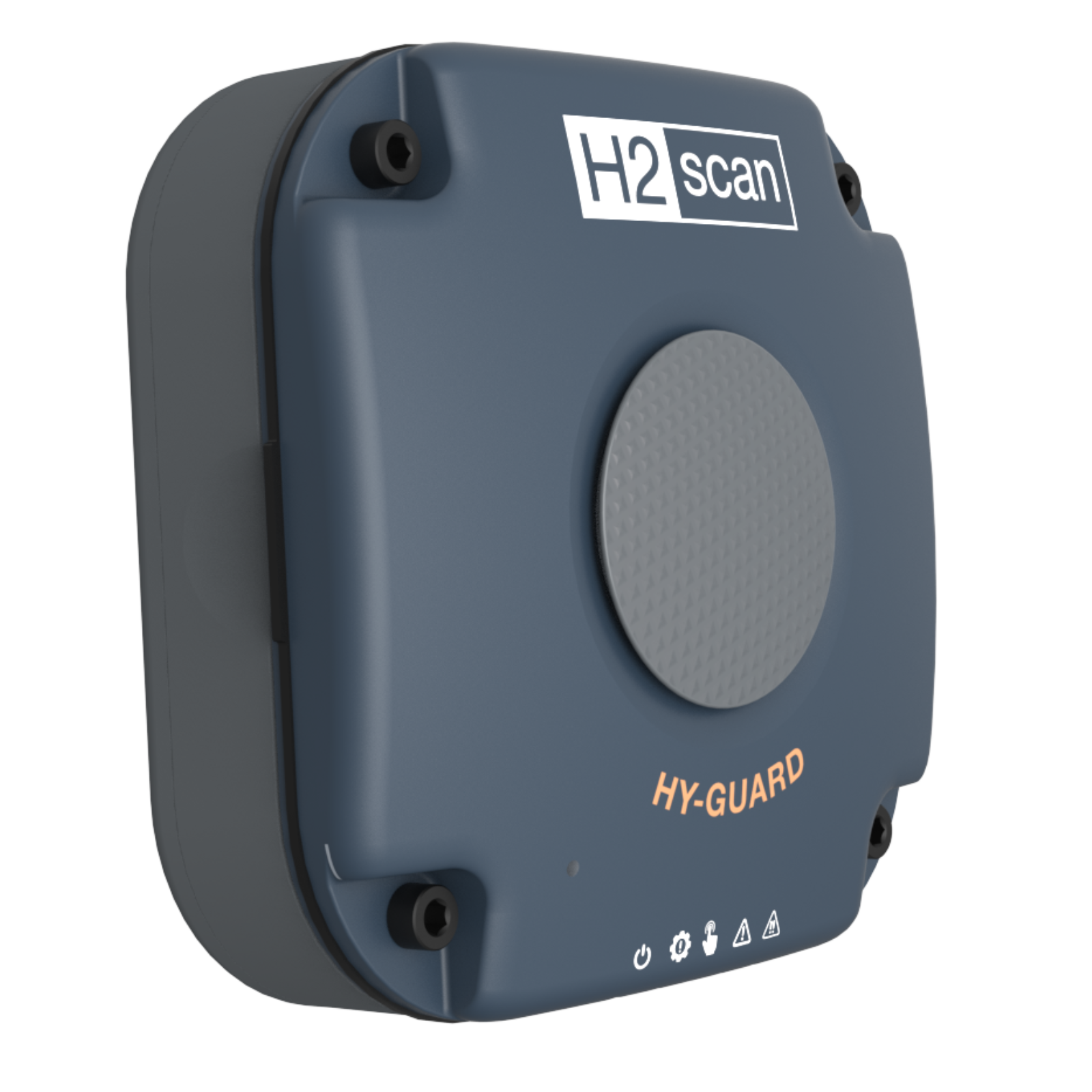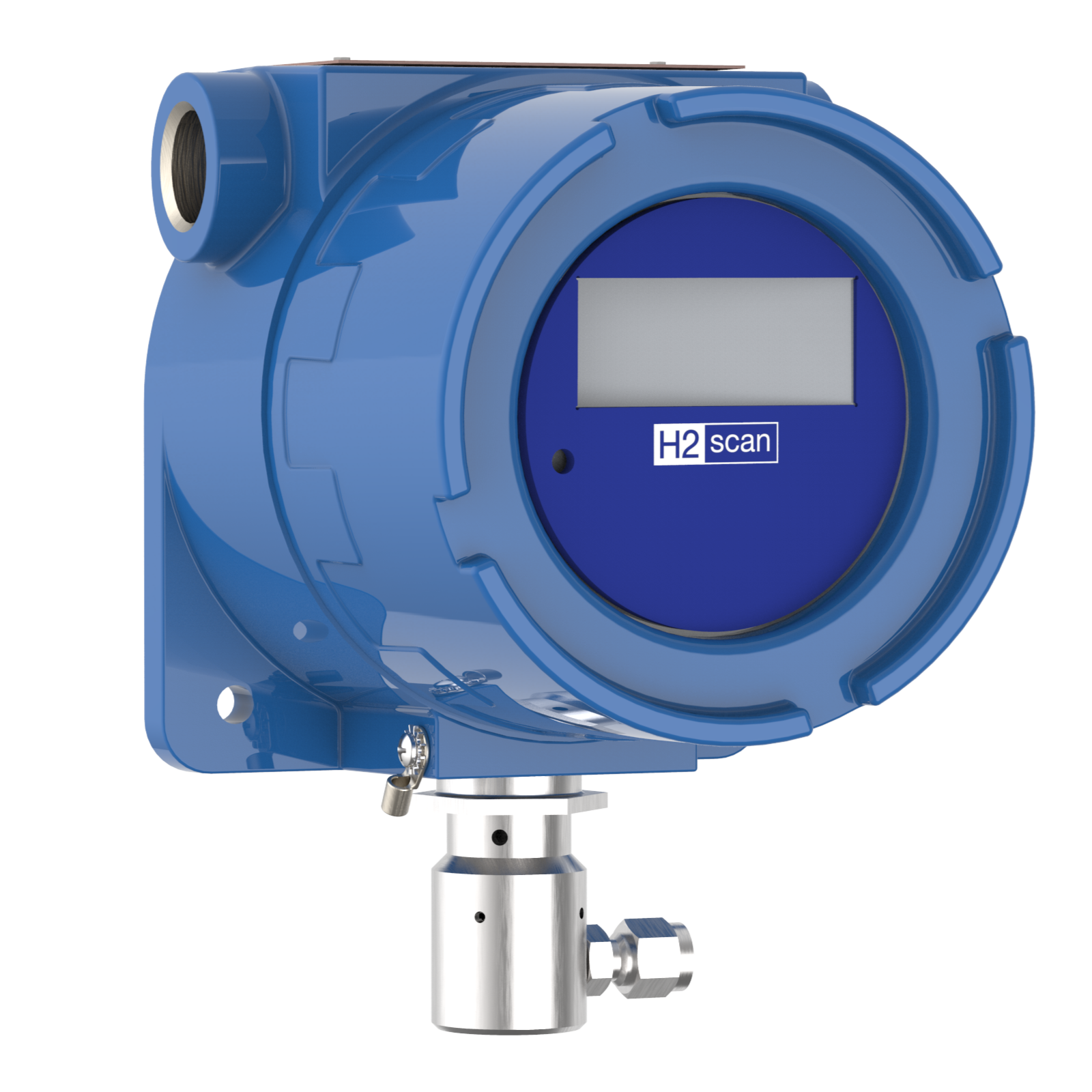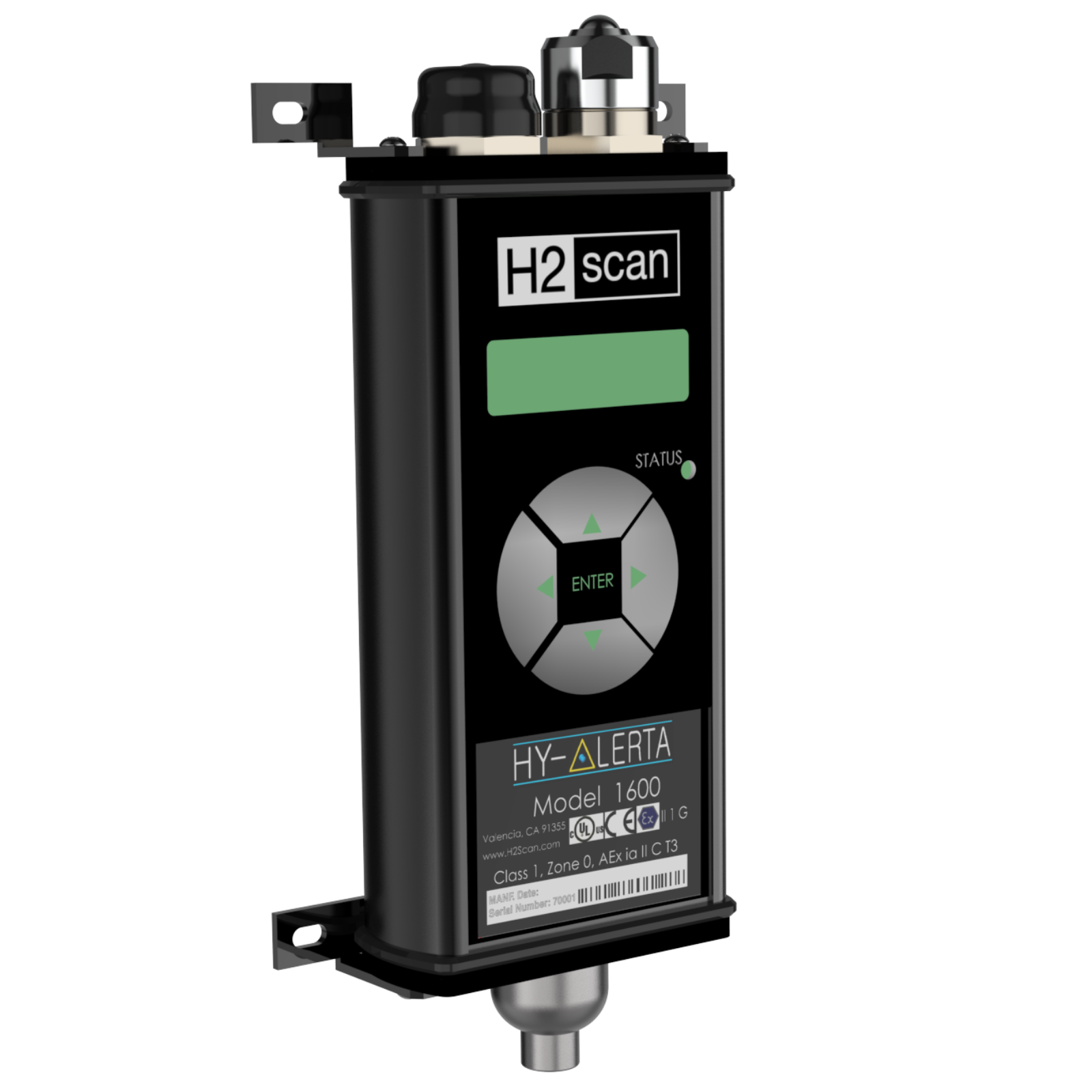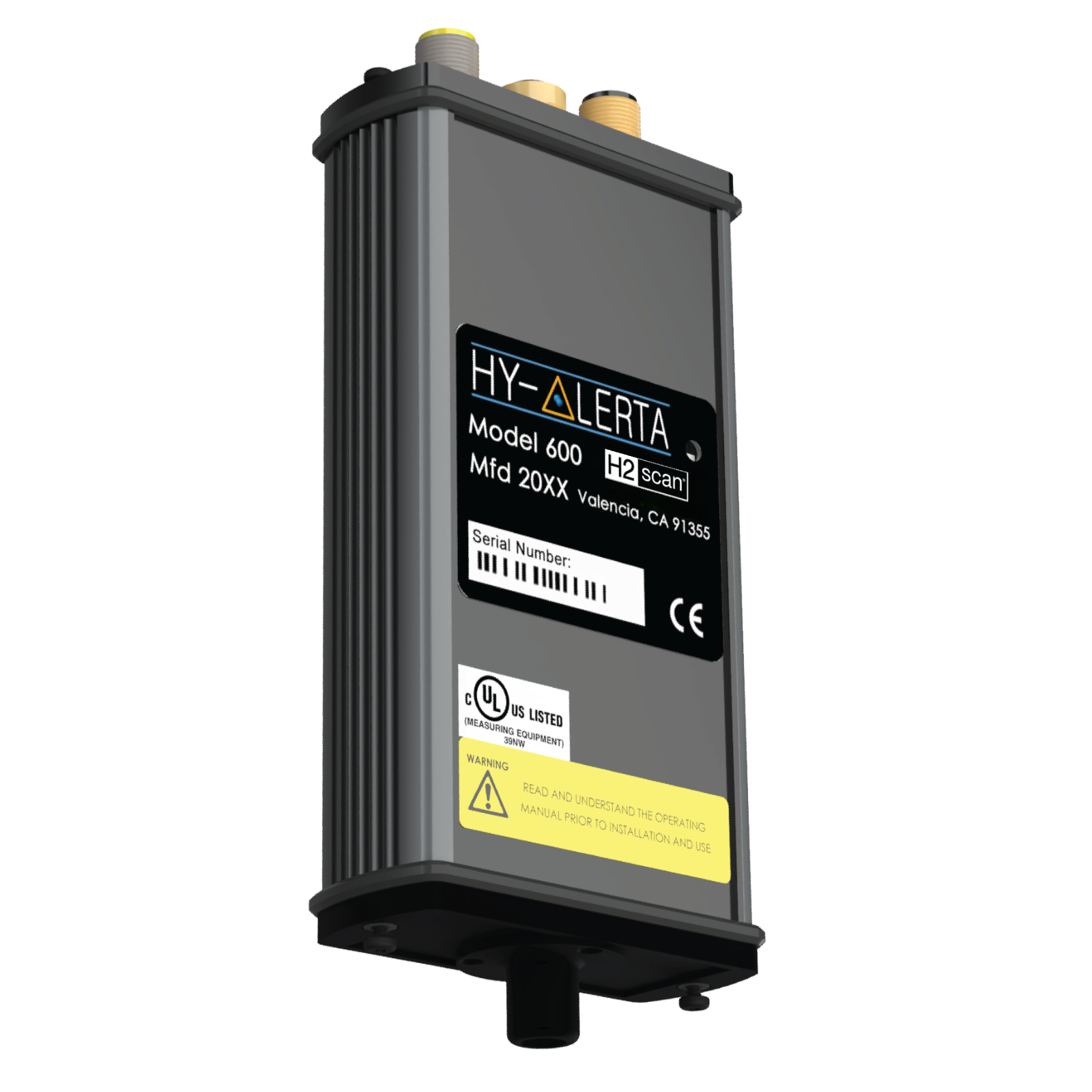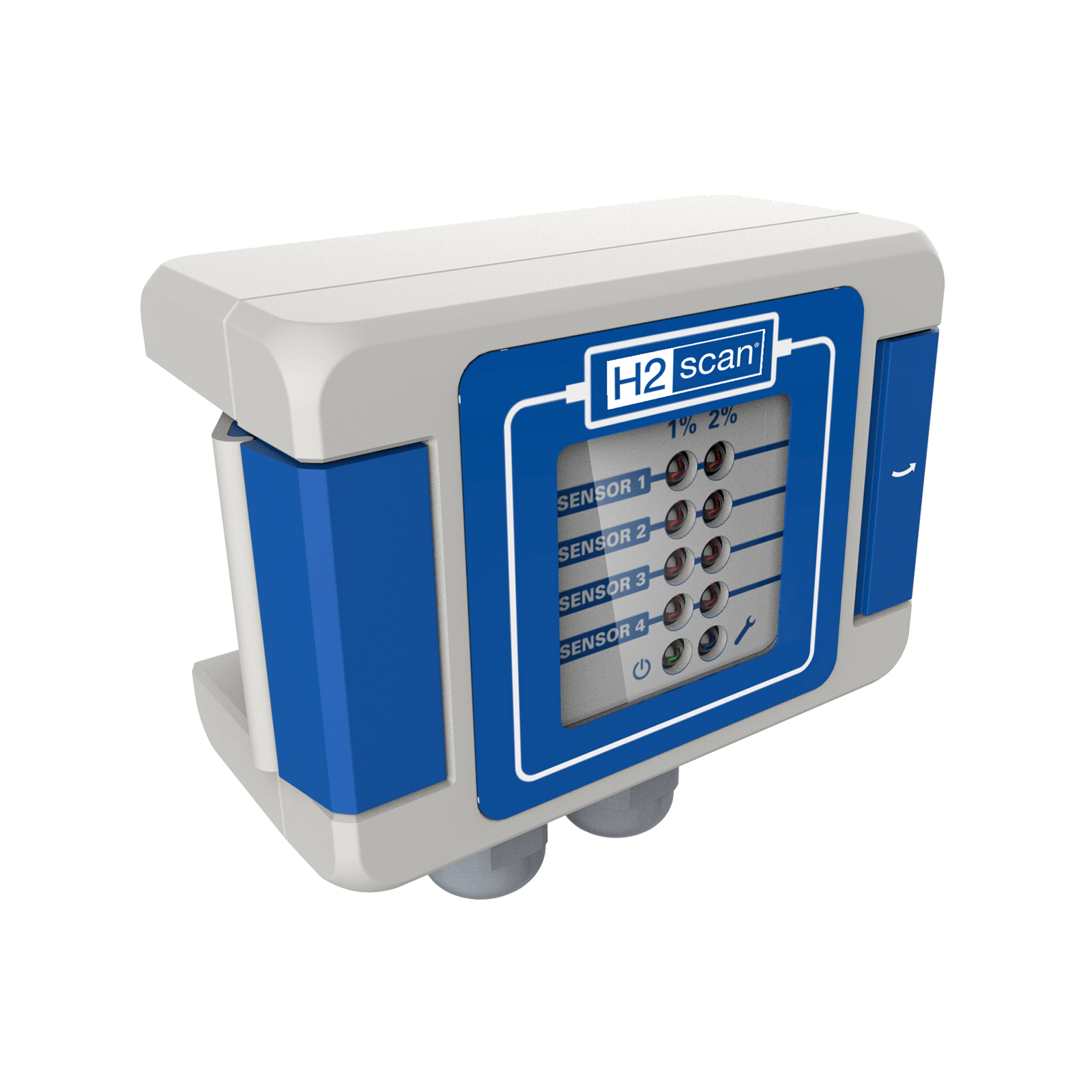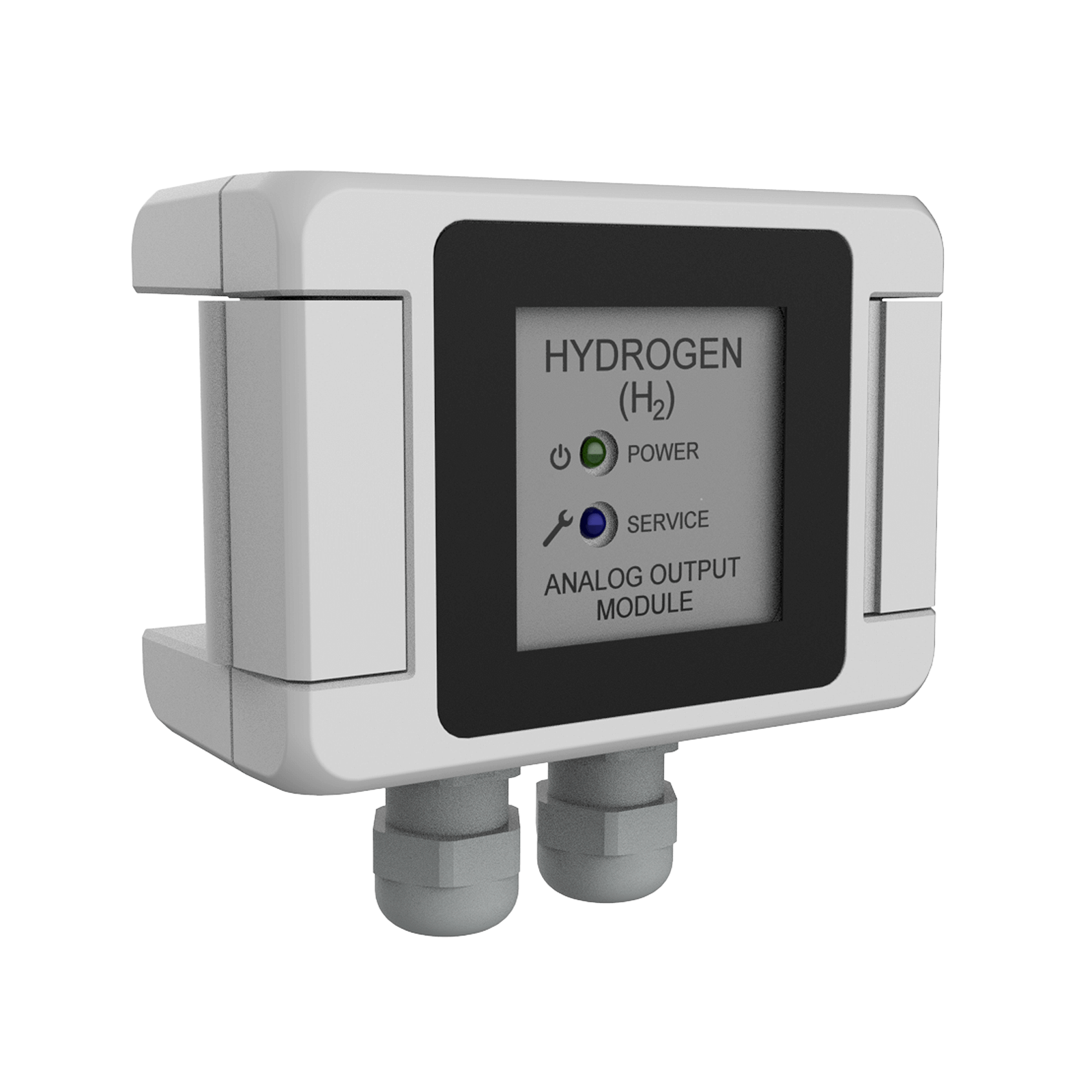Energy Storage
Advanced hydrogen safety monitoring for battery systems provides reliable early detection to prevent catastrophic failures, ensure regulatory compliance and safeguard critical infrastructure investments worldwide
Contact an Application SpecialistHydrogen Sensing Products for Energy Storage
Frequently Asked Questions
Where do you put a hydrogen sensor?
An area monitoring hydrogen sensor should be placed close to the source of the potential leak or where hydrogen is likely to accumulate. It should also consider forced or natural airflow in the space. The hydrogen sensor (detector) should be placed in the path of that natural airflow, so near vents or as identified above, in or near dead spaces.
What are hydrogen sensors used for?
Battery Monitoring hydrogen sensors are used for measuring the accumulation of hydrogen within battery rooms and energy storage containers. Hydrogen is typically generated when cells are charged and needs to be evacuated before reaching critical thresholds.
Which room requires a hydrogen detection system?
A hydrogen detection system is required in any room or container where hydrogen can build-up (accumulate) or has potential sources of hydrogen leakage.
